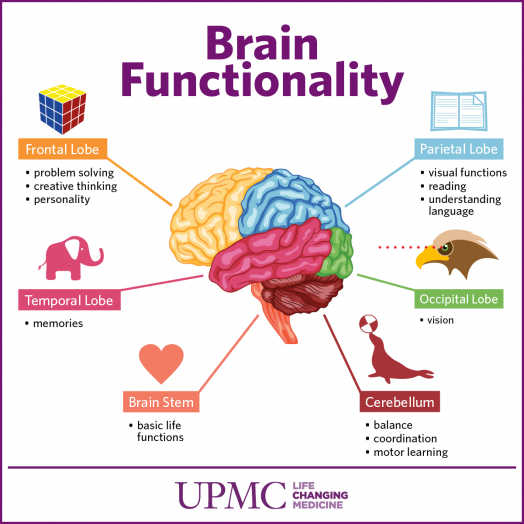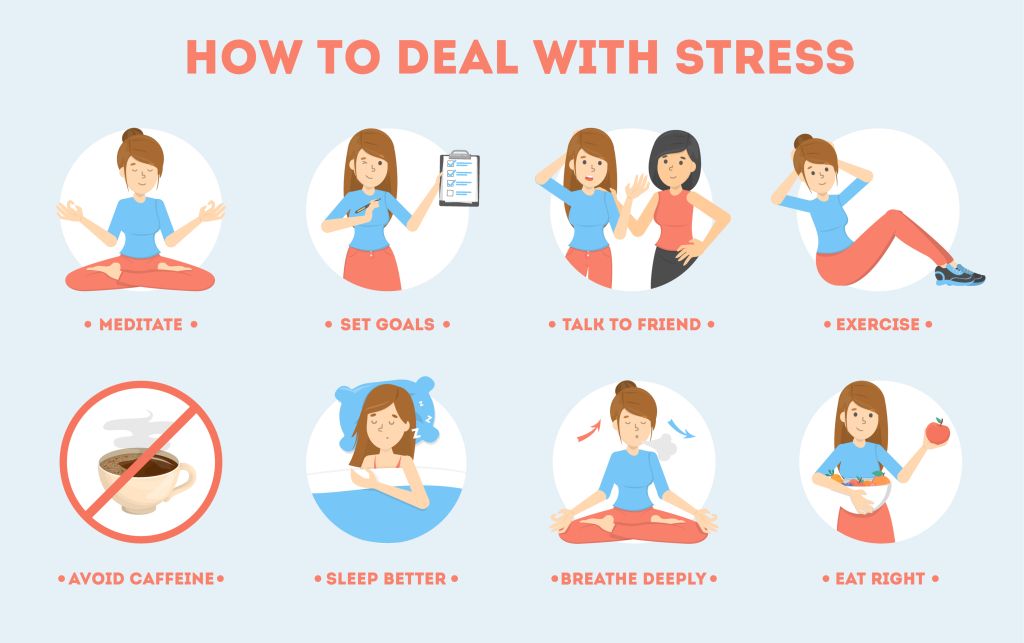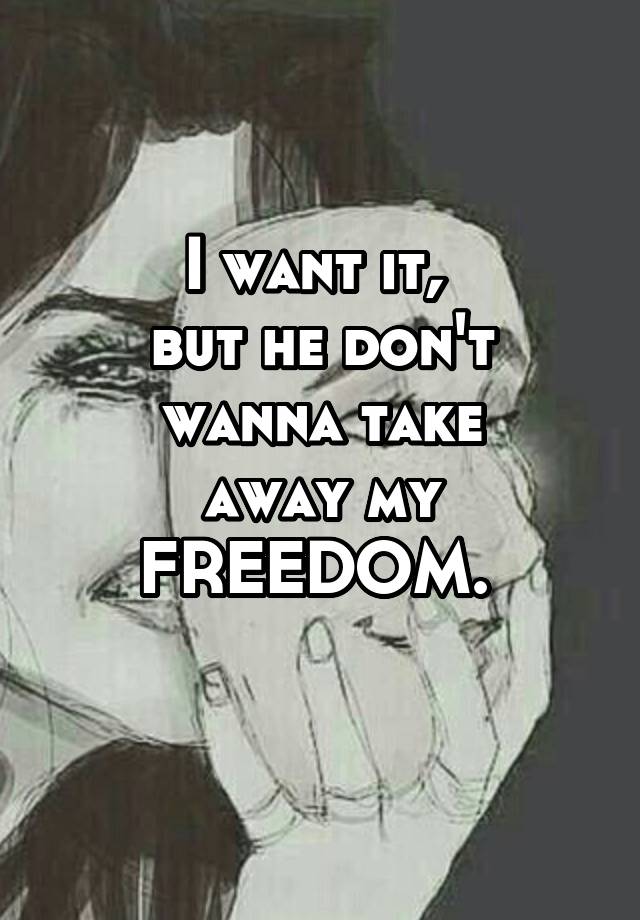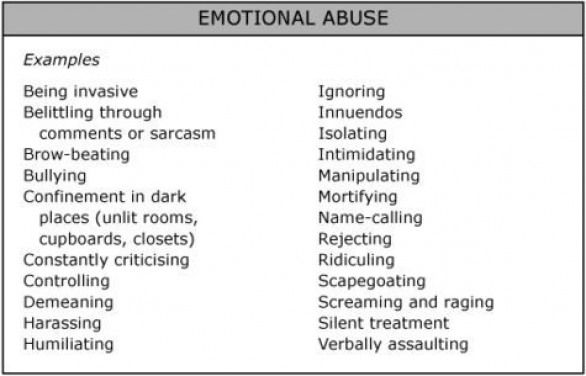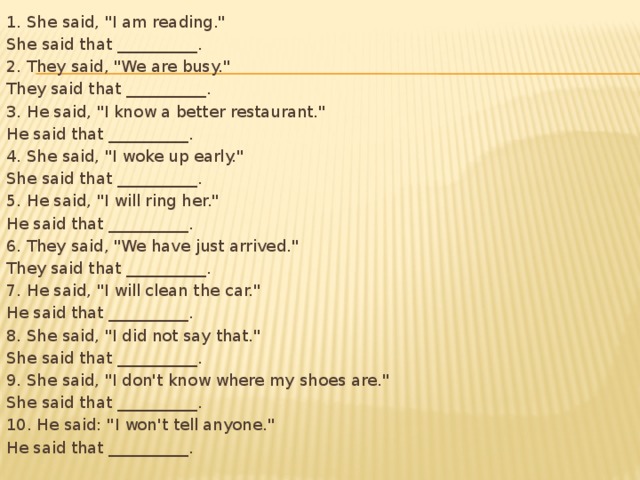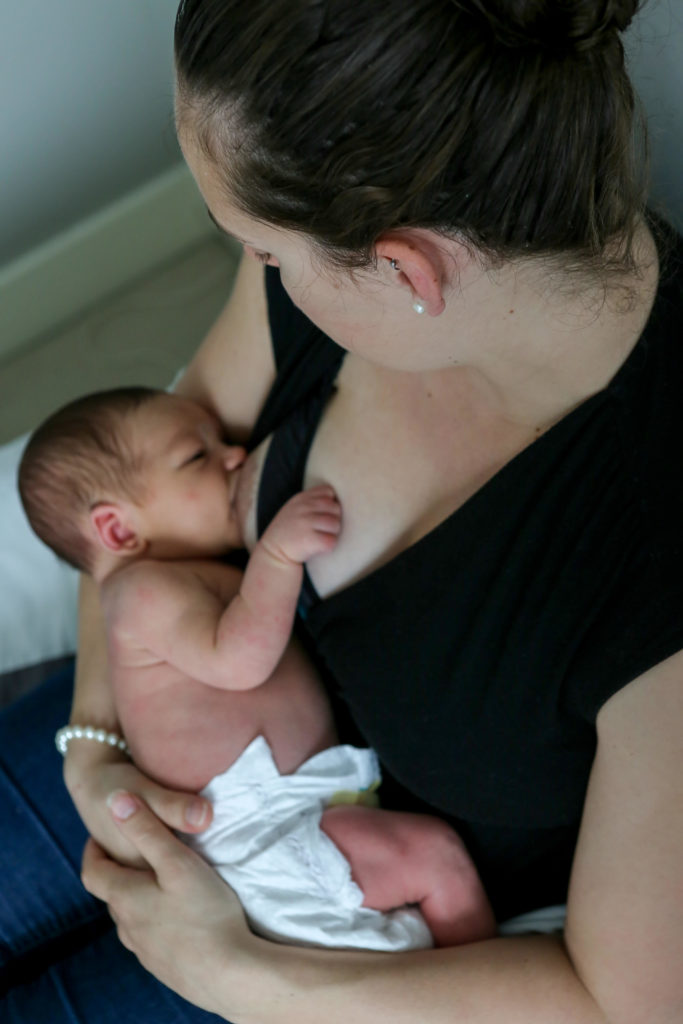Rational part of the brain
What part of the brain controls behavior and emotions?
The brain is the most important and complex organ in our bodies. You don’t have to be a brain specialist though to appreciate some of the basics about the brain’s role in emotions and behaviors in both ourselves and our children.
The brain is compartmentalised for our understanding but in reality all the parts work in complex, intertwined ways. The largest section of the brain and closest to the surface is the Cerebrum (suh-REE-bruhm) or Cortex. This is often broken down into lobes or sections of the brain: the frontal lobe, parietal lobe, temporal lobes, and occipital lobe. The frontal lobe is at the front of the head and is responsible for planning, organisation, logical thinking, reasoning, and managing emotions. This is the part you will hear about most regarding the expression and regulation of emotions and behaviors. It is also known as the “higher brain”, “rational brain”, or the “upstairs brain”.
If we then jump to the centre of the brain, we find some strangely named parts that play a big role in emotions. The Amygdala (uh-MIG-duh-luh) is a group of cells that interprets the emotional meaning of everything that happens to you. If the amygdala interprets something as threatening, it sends messages to another structure called the Hypothalamus (HI-pO-thal-a-mus), which controls the release of hormones into the body to get you ready for a fight-or-flight response. The fight-or-flight response is what happens when our bodies tense up, become more alert, and ready for action to either escape (flight) or defend ourselves (fight). Finally, another structure called the Hippocampus (hip-uh-KAM-pus), organises memories so the amygdala can interpret an event. These three structures are part of what we call the “emotional brain” or “downstairs brain” and activate strong emotions and urges. This part of the brain can over react sometimes (think of a child in a tantrum, or even our own reaction when the kids start fighting with each other) so needs a helping hand from the “rational brain” frontal lobes to settle down.
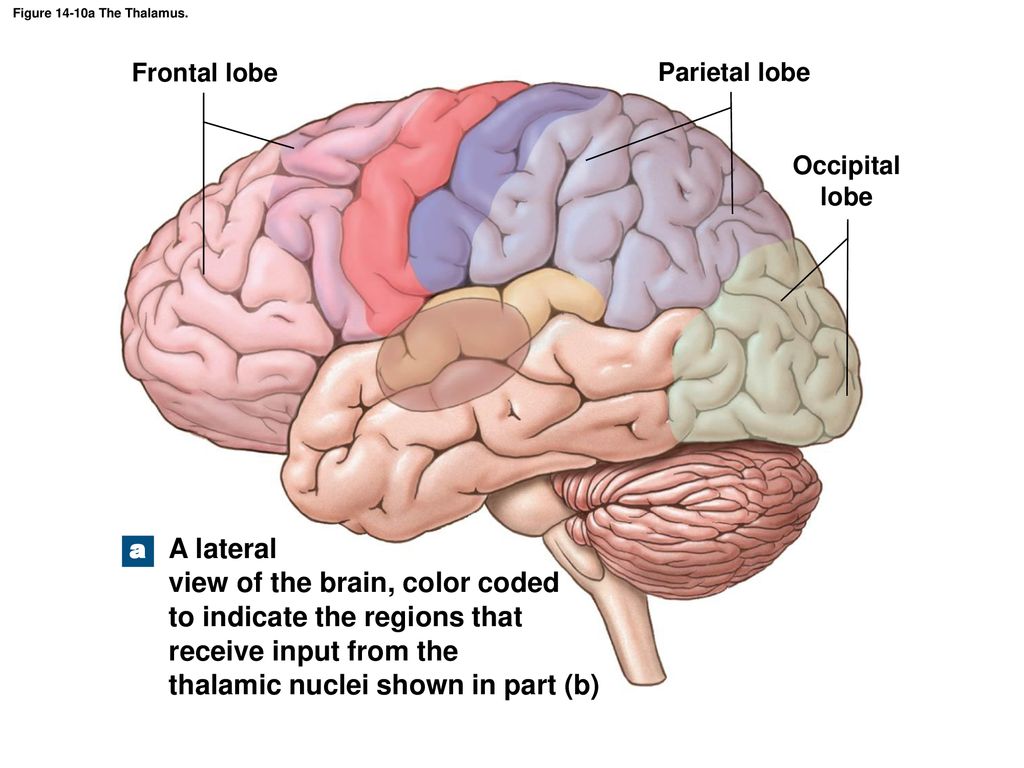
Ok, now we are familiar with some of the major parts of the brain involved in behaviours and emotions we can look at how they interact with each other and influence behaviors through development, how we can help our kids understand what is happening, and what we can do to help our kids (and ourselves) to better manage behaviors and emotions.
When a child is born their brain size is only 25% of what it will be as an adult. The main structures are all there, but the connections between them – the brain wiring – is still very sparse, especially in the upstairs, rational brain (cerebrum). The first five years of life sees over 90 percent of the brain’s growth occurring with the formation of the connections directly linked to a child’s life experiences and emotional interactions with others. What that means is, every time we experience something, our brains form a connection between the cells and structures about memories, emotional reactions, and skill learning. Then, every time we have the same or similar experience, those connections become stronger…we are learning.
Let’s have another look at the emotional, downstairs brain and the rational, upstairs brain. The downstairs brain is the part of our brain that makes us act without thinking. It has to do this quickly for survival purposes – if you are in a life threatening situation you don’t have time to sit down and draw up a plan of action, you just need to act! Developmentally, this part of the brain is well developed at birth and forms more connections earlier than the upstairs brain because it is responsible for essential tasks such as making sure our needs are met, feeling strong emotions, using instinct to keep us safe, and managing bodily functions.
The upstairs, rational brain whilst structurally all there (remember the lobes?) is much slower in its development of connections. This part of the brain is highly sophisticated and responsible for problem solving, rational thinking, logic, planning and decision making, organisation, and self-control. All of these things are learnt through repeated experiences.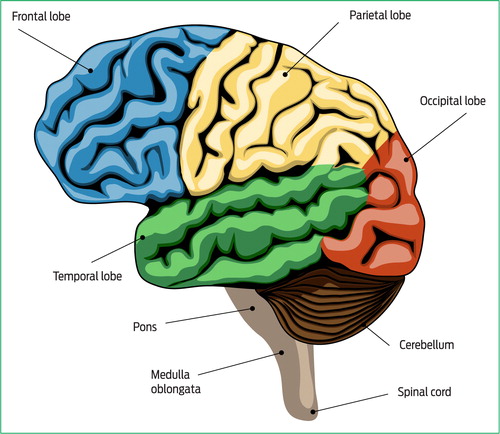 Keeping to the house analogy, the upstairs, rational brain is under major construction for the first few years of life. During adolescence, the upstairs brain gets a remodelling which takes several more years. So the upstairs brain is not fully mature until the mid-twenties!!!!
Keeping to the house analogy, the upstairs, rational brain is under major construction for the first few years of life. During adolescence, the upstairs brain gets a remodelling which takes several more years. So the upstairs brain is not fully mature until the mid-twenties!!!!
Continuing with the house analogy of the brain, the upstairs and downstairs are connected by a stairway on which messengers can run up and down sharing information. In our brains, these connections are less obvious but function in a similar manner. We need the downstairs “emotional brain” to be able to inform the upstairs “rational brain” with instincts and reflexes, feelings, and information about our bodily functions such as breathing, temperature, etc. However, we also need messages going from the upstairs brain downstairs so we can moderate and make sense of the information coming from down below.
So what does all of this mean when we are dealing with emotions and behaviours? Basically, our kids (and some adults) are functioning primarily from the emotional, reactive, downstairs brain – they are going to throw a tantrum because you gave the wrong colour plate, get frustrated with their siblings, be terrified of putting her face under the water at swimming lessons, and melt into a puddle of tears at the slightest scratch on a finger.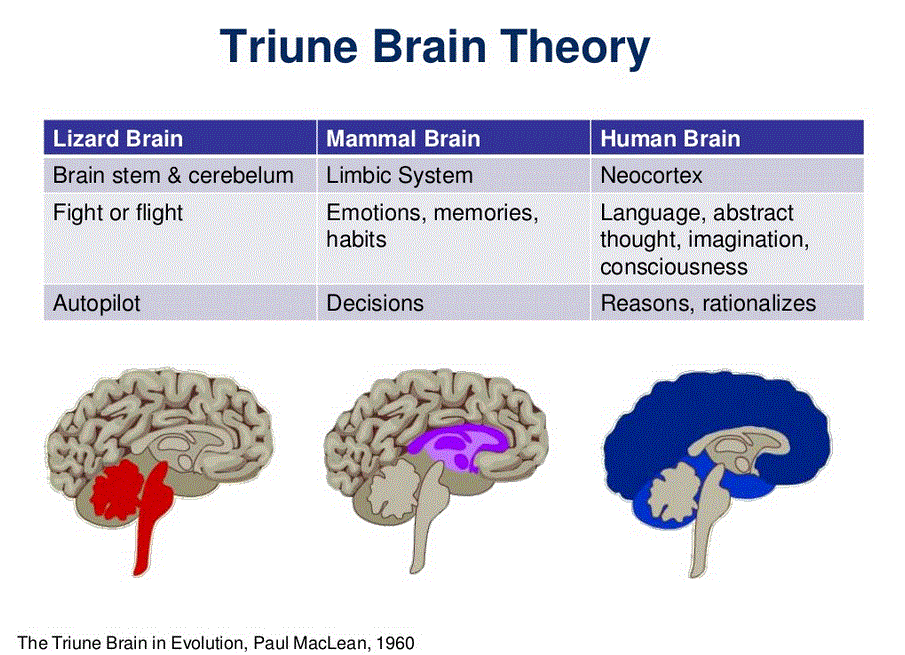 Their rational, self-controlling, upstairs brain is still learning how to manage these situations, AND the connections (i.e. stairway) between the upper and lower brains is being blocked by emotional overload so very little problem solving and effective decision making can occur.
Their rational, self-controlling, upstairs brain is still learning how to manage these situations, AND the connections (i.e. stairway) between the upper and lower brains is being blocked by emotional overload so very little problem solving and effective decision making can occur.
Having some understanding of the brain and how it affects our emotions and behaviors is useful both for parents and our children. It can be very confusing and scary at times when our kids experience strong emotions and don’t yet know how to predict them, manage them and calm down from them. As parents, knowing there are parts of our children’s brains that are underdeveloped can help us respond to their emotions and behaviors in a way that supports them and helps them build connections in their brains based on positive experiences rather than punishments and disconnection.
One skill of our brains that develops fairly early is the use of imagination, so when talking with kids about the brain, emotions and behaviors, we can get creative.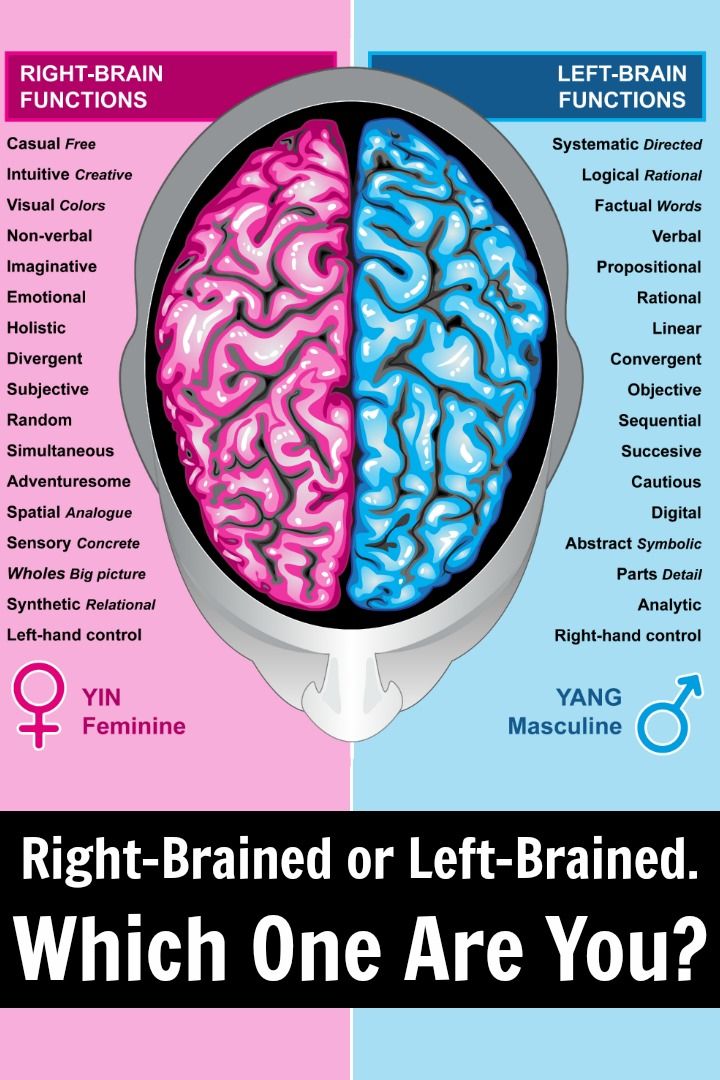 In our last blog we talked about the brain as a “house” with a downstairs (emotional brain) and upstairs (thinking brain) connected by a staircase so messages can be passed between the two. Hazel Harrison (2015) a Clinical Psychologist suggests adding characters within the brain house such as Big Boss Bootsy from downstairs who sounds the alarm when there is a threat and blocks the stairway (called Flipping the lid by Daniel Siegel, 2010) so the upstairs brain characters can’t slow things down while the downstairs characters are working to keep us safe. The upstairs characters meanwhile, work on problem solving, calming down, and making good choices. The brain works best when both upstairs and downstairs work together so we can stay safe and make good choices without overreacting.
In our last blog we talked about the brain as a “house” with a downstairs (emotional brain) and upstairs (thinking brain) connected by a staircase so messages can be passed between the two. Hazel Harrison (2015) a Clinical Psychologist suggests adding characters within the brain house such as Big Boss Bootsy from downstairs who sounds the alarm when there is a threat and blocks the stairway (called Flipping the lid by Daniel Siegel, 2010) so the upstairs brain characters can’t slow things down while the downstairs characters are working to keep us safe. The upstairs characters meanwhile, work on problem solving, calming down, and making good choices. The brain works best when both upstairs and downstairs work together so we can stay safe and make good choices without overreacting.
Help kids come up with their own names for characters in the brain. It doesn’t matter what they are called as long as both you and your child know who you are referring to and what they do (refer to Harrison, 2015 for more ideas).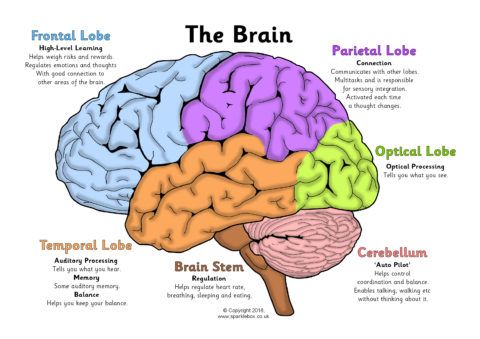 You can share stories about the brain characters and their antics based on real life experiences of both your child and yourself, e.g. “Remember when Big Boss Bootsy took over and made you hit your brother before you even had time to think?” Or “I think Alerting Allie and Big Boss Bootsy made Mummy feel cranky this morning when we were running late for school. Lucky Calming Carl was able to settle things down before they flipped my lid!”
You can share stories about the brain characters and their antics based on real life experiences of both your child and yourself, e.g. “Remember when Big Boss Bootsy took over and made you hit your brother before you even had time to think?” Or “I think Alerting Allie and Big Boss Bootsy made Mummy feel cranky this morning when we were running late for school. Lucky Calming Carl was able to settle things down before they flipped my lid!”
Using the brain house and its character inhabitants helps kids talk about their emotions and related behaviors in a non-judgemental, no blame, fun way because it separates their feelings, thoughts and behaviors from the child. Some parents raise concerns about kids using this as an excuse for their behaviors, and not taking responsibility for their actions. If we jump straight into consequences though, we are trying to reason with the rational (upstairs) brain of our child, whereas they are perceiving our response as a threat and functioning from the emotional (downstairs) brain, with a huge likelihood that the stairway has been blocked and all rational thoughts locked in.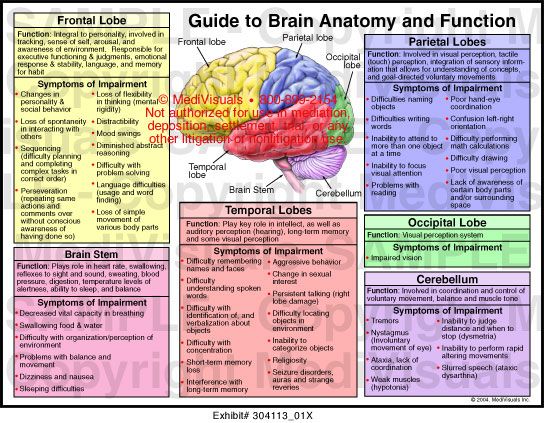
Teaming up with our kids to manage the brain characters helps our kids to identify when things go wrong, and feel they can talk about them with you in a safe, non-confrontational way. You and your kids can then be calm enough to access the rational brain and work out ways to manage the characters better in future. You can also call on characters to help out, e.g. When we try to problem solve with our child and they just respond with “don’t knows” we can ask them what they think Problem Solving Pete (and upstairs brain character) may suggest.
When our kids are stuck in their downstairs brain, it helps for parents to point that out and name what you think is going on. For example, “You seem really sad that your friend doesn’t want to play with you today”. This is validating your child’s emotions – letting them feel they are understood – so your child doesn’t have to stay stuck with the strong emotions of the downstairs brain. Once your child feels heard, he is more likely to be able to re-open the stairway to the upstairs brain and work with you on problem solving or making choices about the situation.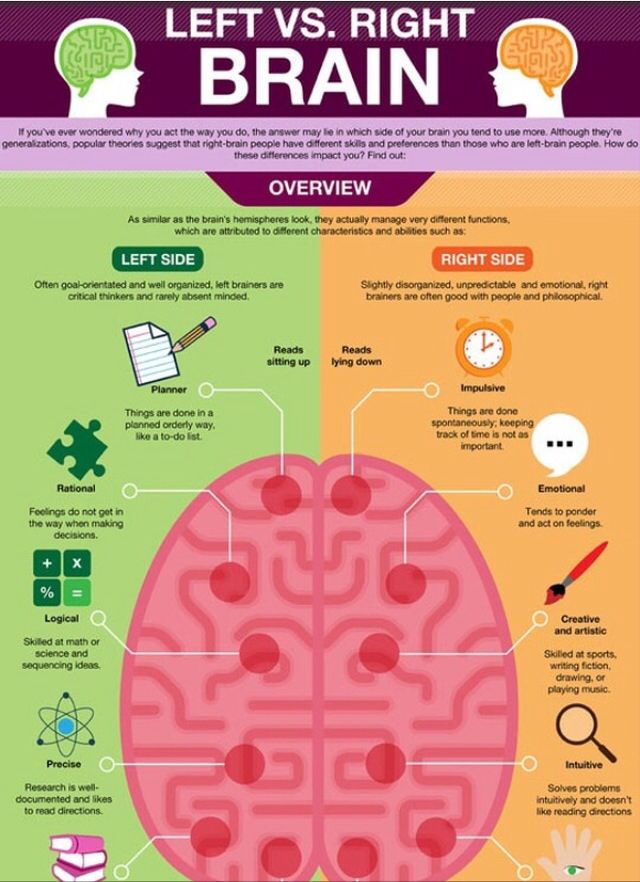
To know more about behavior and emotions you can visit: www.changespsychology.com.au
Sources:
Deak, J. (2010). Your Fantastic Elastic Brain – Stretch it, shape it. Little Pickle Press LLC, Belvedere CA.
Harrison, H (2015). How to teach your kids about the brain. http://www.thinkavellana.com/new-blog/2015/11/23/how-to-teach-your-kids-about-the-brain
Schwarz, N( 2016). What anxious and angry kids need to know about their brain.
https://imperfectfamilies.com/what-anxious-and-angry-kids-need-to-know-about-their-brain/
Siegel, D. & Payne Bryson, T. (2012). The Whole-brain child. Bantam Books, New York.
Sunderland, M (2006). The Science of Parenting. Dorling Kindersley Limited, London.
Harrison, H (2015). How to teach your kids about the brain. http://www.thinkavellana.com/new-blog/2015/11/23/how-to-teach-your-kids-about-the-brain
Schwarz, N( 2016). What anxious and angry kids need to know about their brain.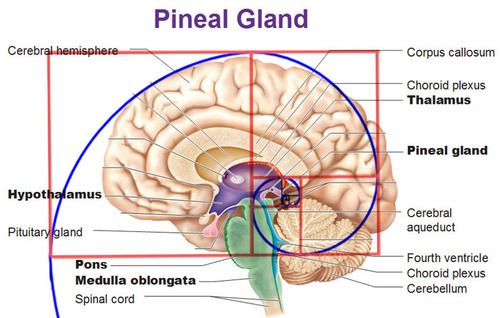
https://imperfectfamilies.com/what-anxious-and-angry-kids-need-to-know-about-their-brain/
Siegel, D. & Payne Bryson, T. (2012). The Whole-brain child. Bantam Books, New York.
Harrison, H (2015). How to teach your kids about the brain. http://www.thinkavellana.com/new-blog/2015/11/23/how-to-teach-your-kids-about-the-brain
Schwarz, N( 2016). What anxious and angry kids need to know about their brain.
https://imperfectfamilies.com/what-anxious-and-angry-kids-need-to-know-about-their-brain/
Siegel, D. & Payne Bryson, T. (2012). The Whole-brain child. Bantam Books, New York.
Harrison, H (2015). How to teach your kids about the brain. http://www.thinkavellana.com/new-blog/2015/11/23/how-to-teach-your-kids-about-the-brain
Schwarz, N( 2016). What anxious and angry kids need to know about their brain.
https://imperfectfamilies.com/what-anxious-and-angry-kids-need-to-know-about-their-brain/
Siegel, D. & Payne Bryson, T. (2012).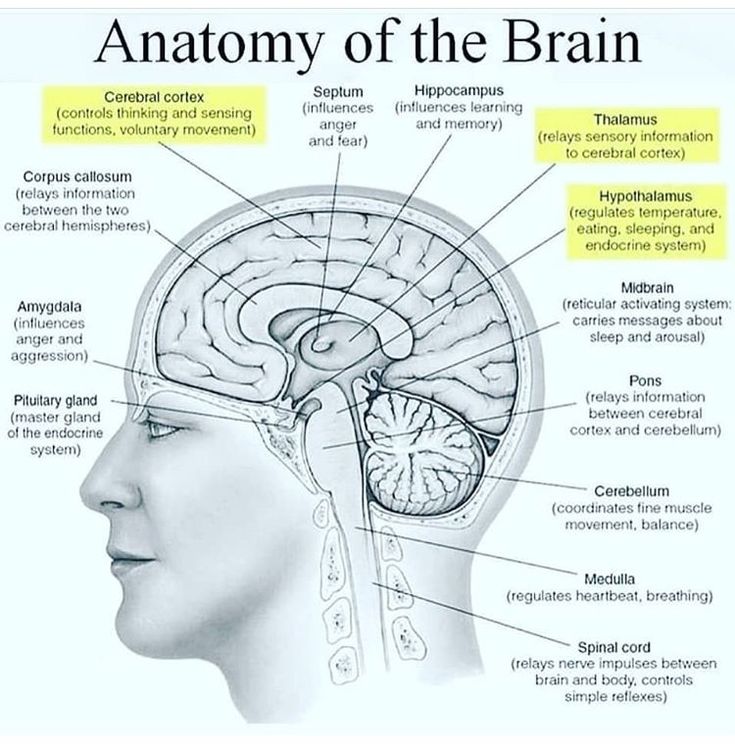 The Whole-brain child. Bantam Books, New York.
The Whole-brain child. Bantam Books, New York.
Harrison, H (2015). How to teach your kids about the brain. http://www.thinkavellana.com/new-blog/2015/11/23/how-to-teach-your-kids-about-the-brain
Schwarz, N( 2016). What anxious and angry kids need to know about their brain.
https://imperfectfamilies.com/what-anxious-and-angry-kids-need-to-know-about-their-brain/
Siegel, D. & Payne Bryson, T. (2012). The Whole-brain child. Bantam Books, New York.
Post Views: 46,268
Your emotional brain is smarter than your brain thinks
Decisions drive our daily activities.
The need to decide is never-ending. You make decisions even when you unconsciously think you are choosing not to decide.
And we don’t always choose the most rational option.
Everyone processes information with both the rational and emotional parts of the brain. Here is an example that sounds familiar.
Follow Ladders’ magazines on Flipboard covering Happiness, Productivity, Job Satisfaction, Neuroscience, and more!
Your rational brain knows that certain habits like smoking, and skipping even minimal exercise are bad for your health, the emotional part of your brain sometimes overcome this knowledge, justifies and even rationalize these bad behaviours, and convince you to keep doing everything wrong for your health.
The timeless and obvious question is: why don’t we do things we know we should do?
Welcome to the divided brain.
There is a lot of information on the power struggle between the emotional and rational part of the brain.
In Kahneman’s book, ‘Thinking Fast and Slow’, they are described as two separate systems of thinking; first, the emotional and intuitive process, and then the slower and more effortful process of rational logic.
These two sections of the brain are always competing and typically call upon either section depending on a lot of factors.
Certain situations may require more activity in the rational part of your brain, while others will rely on the emotional section to make a choice.
Whether your emotional brain operates out of habit, or personal comfort, it’s a powerful force when you make decisions every day.
Here’s the real truth: You can’t be rational if you are too emotional, but at the same time, you can’t be rational if you are not emotional.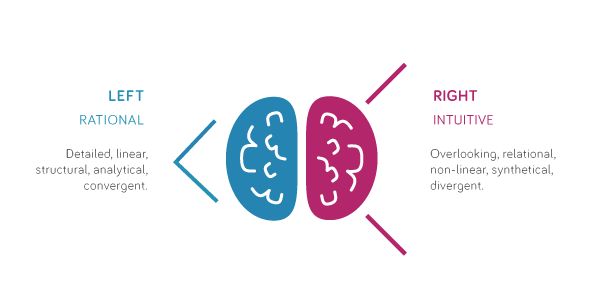
When you are too emotional, you won’t make rational choices, even though you know what’s best for you.
Think of times you’ve decided against your better judgment, ate the cookie, had the drink, or smoked the cigarette.
When you are too emotional, your rational brain won’t win, even though you know what will make things better.
Dealing with life choices, especially, life-changing ones can sound difficult. Without the right information to help you rationalize, it could be overwhelming.
But if we had to use logic, and reason in all situations, – if we had to rationalize, and critically every decision – we’d be trapped in a cycle, unable to move in any direction because we would be caught in a loop as we analyze, and contemplate the pros and cons of every choice.
Decisions, even critical ones, are not just made away from emotions.
Your rational brain represents your ability to reason through various options whilst your emotional brain represents your instincts, impulses, and intuition.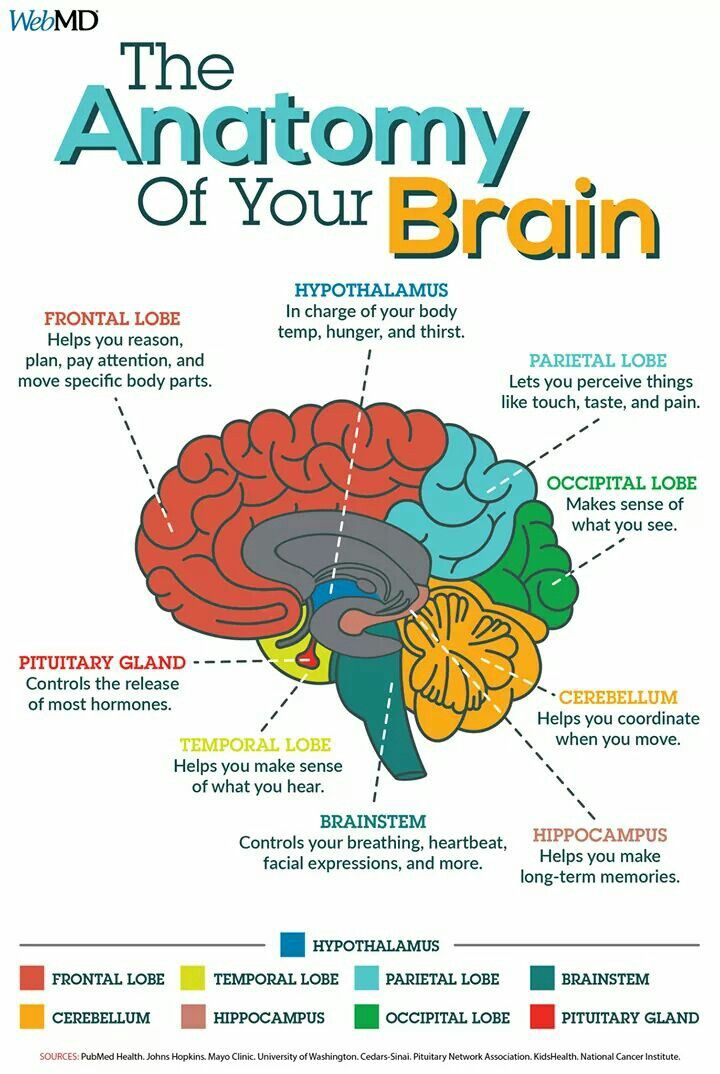
While your thinking brain is making provision for your retirement, your feeling brain wants to plan for a vacation.
The rational brain is systematic and impartial, but also slow. Like a muscle, it’s built over time if you exercise it more often.
The emotional brain, however, makes decisions quickly and effortlessly, even though it’s often irrational.
While too much emotion can impair reasoning, a lack of emotion can be equally harmful.
The heart of reason
“The heart has reasons that reason knows nothing about,” says Pascal.
Our emotions are trained by years of logic and experience, retaining it all for real wisdom.
Gut feelings and intuition are an integral part of the ability to reason. While emotions can overwhelm rationality, rationality cannot exist without emotions.
While too much emotion can impair reasoning, a lack of emotion can be equally harmful. When emotion is impaired, decision-making suffers.
“To make the right call, you need to feel your way — or at least part of your way — there,” writes Drake Baer, The Cut.
Make no mistake, your emotional brain drives most of your choices.
Michael Levine of Psychology Today, says every time we make a choice, our left-brain arm-wrestles with our right, but rationality only represents about 20% of human decision-making. He explains:
It is said that emotions drive 80% of the choices Americans make, while practicality and objectivity only represent about 20% of decision-making. Oh, and forget about making a decision when you are hungry, angry, lonely or tried. The acronym “HALT” is axactly the point here: DON”T DO IT! If you make a decision while feeling Hungry, Angry, Lonely or Tired (or God-forbid some combination of more than one of the above) emotion wins 100% of the time and will likely push you in the wrong direction.
Emotions are the most present, pressing and sometimes painful force in our lives.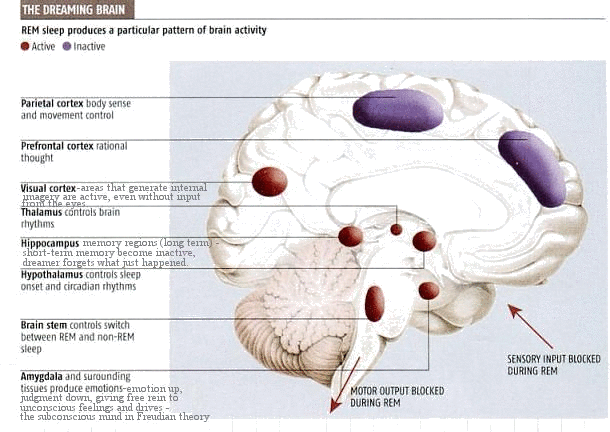 We have the tendency to allow emotions to dominate logical feelings.
We have the tendency to allow emotions to dominate logical feelings.
We are driven more by our emotions. Reason without emotion is impotent.
We take chances quickly because we’re excited about new prospects.
“Without a doubt, our emotions dictate our thoughts, intentions and actions with superior authority to our rational minds. But when we act on our emotions too quickly, or we act on the wrong kinds of emotions, we often make decisions that we later lament,” says Dr Carmen Harra.
When close relatives are involved, our emotions dominate even more.
Human brain research has suggested that, as our minds have more to process, the likelihood to decide emotionally increases.
Less time for reflection may lead to more decisions that seem irrational, but the good news is that the emotional brain function to reduce and bound our reasoning which then creates the opportunity to reason more fully.
Some people succeed in balancing the two; some are always logical but depends on values, personality, and education.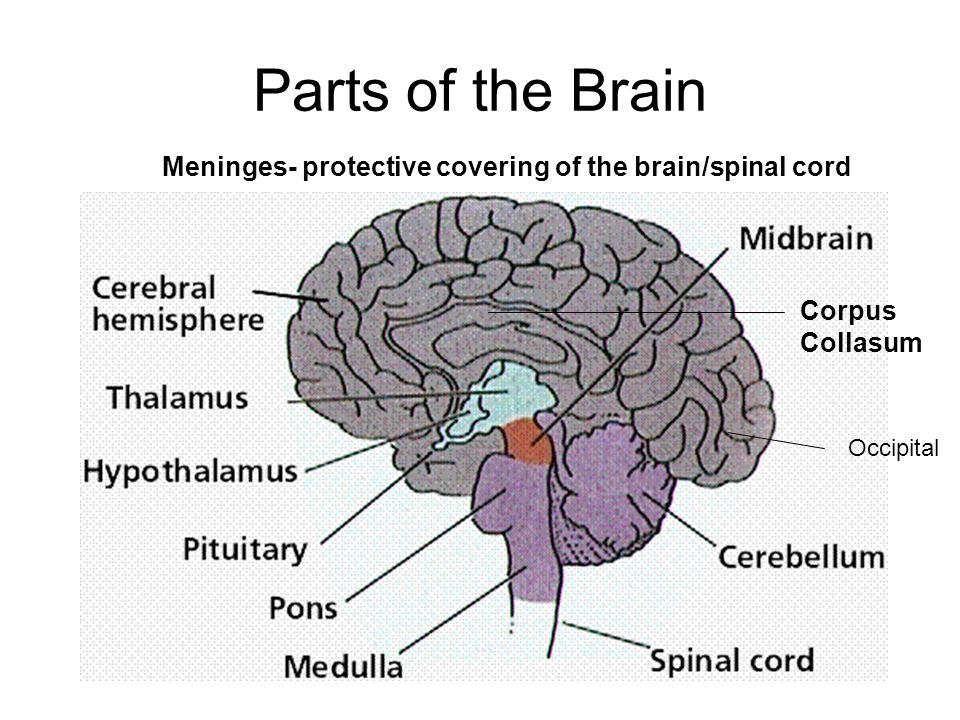
The most important decisions we make in life tend to be those that overwhelm us and stress us out. And when we have too much information to consider, our ability to make the right decision is impaired. Jacqueline Claire Ciraldo writes:
Studies have shown that when our mind is overloaded with information, the emotional aspect of our brain tends to win out. When confronted with decisions we are usually faced with a lot to consider, which overwhelms the rational part of our brain. With so much stress put on the rational mind, it is too weak to put up a fight against the emotional mind.
The emotional brain drives our consciousness more than we think.
Ultimately, our emotion drives action. That’s because action is emotion.
While the rational brain exists to help you make calculated choices, the feeling brain is the wisdom and stupidity of the entire body.
“Anger pushes your body to move. Anxiety pulls it into retreat. Joy lights up the facial muscles, while sadness attempts to shade your existence from view.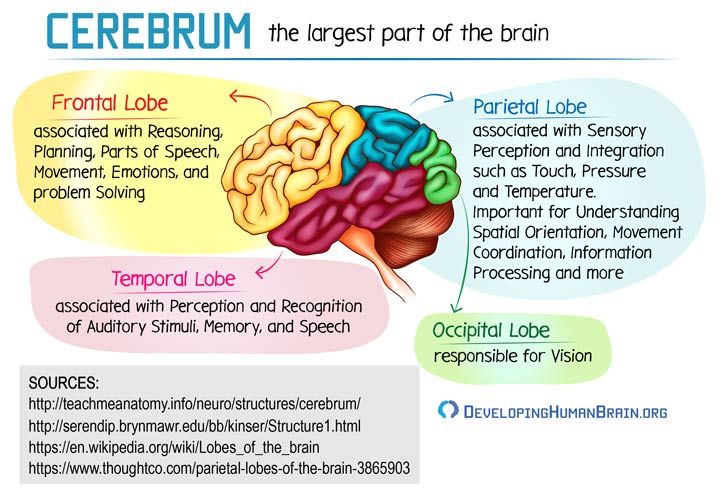 Emotion inspires action, and action inspires emotion. The two are inseparable,” says Mark Manson, author of Everything Is F*cked: A Book About Hope.
Emotion inspires action, and action inspires emotion. The two are inseparable,” says Mark Manson, author of Everything Is F*cked: A Book About Hope.
Your emotional brain is stubborn. Even in the face on facts, and data, it will still choose the path of comfort.
“..the two brains are like an elephant and its rider. The rider can steer and pull the elephant in a particular direction, but ultimately, the elephant is going to go where it wants to go,” says psychologist Jonathan Haidt.
The balance of power between the rider (your rational brain) and elephant(emotional brain) plays a large part in shaping your daily decisions and is typically skewed towards the latter, writes Haidt in his book, The Happiness Hypothesis.
No matter how you rationalize a decision, if you don’t feel like it, you won’t obey your thinking brain. Ultimately if the elephant decides to do something there is little the rider can do to stop it.
Your emotional brain sees itself as the intelligent, rational brain, and it believes it’s in control of your consciousness.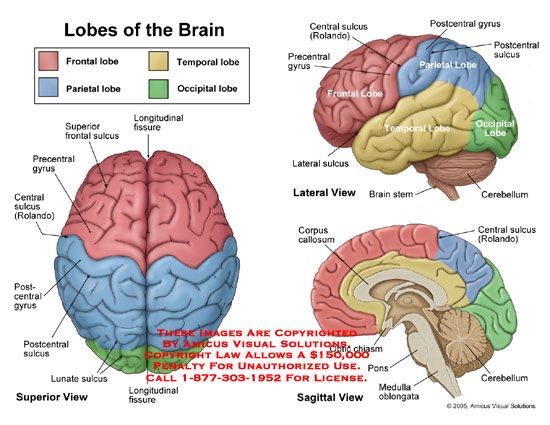
Even when you believe you are making rational decisions, the actual choice may, in reality, be based on emotion.
Rationality depends on a deeper system of regulation that consists largely of emotions and feelings, says Damásio.
Emotion can disrupt reasoning in certain circumstances, but without emotion, there is no reasoning at all.
“Emotions and feelings are not a luxury, they are a means of communicating our states of mind to others. But they are also a way of guiding our own judgments and decisions. Emotions bring the body into the loop of reason,” writes António R. Damásio in his book, Descartes’ Error: Emotion, Reason and the Human Brain.
Closing thoughts
The current age of information overload means, a greater amount of emotional decision making because your rational brain sometimes can’t handle all the stress that comes with making calculated choices
Becoming aware of emotions has the benefit of correcting many emotional biases. As you make decisions daily, if you can be mindful and become aware of your emotions, you can identify which decisions can be addressed rationally.
As you make decisions daily, if you can be mindful and become aware of your emotions, you can identify which decisions can be addressed rationally.
Despite the strength of your emotional brain, you can correct the many emotional biases, and give yourself the chance to make more complex decisions rationally.
This article first appeared on Medium.
How the brain works (the influence of thinking on behavior)
- Material Information
- News
- Views: 6125
- Previous article Hormones of happiness. Can we manage them?
- Next article Stress affects wide areas of the cerebral cortex
Set font
- Size
- Style
- Reading mode
We all suffer from wrong thinking at times, and often for completely irrational reasons.
Why?
Why do we sometimes start thinking wrong?
The basis for all S.U.M.O. is the formula: C + P = P . Here C is an event, P is our reaction to this event. P - consequences. So let's say:
Events by themselves do not shape your life. It all depends on your reaction to them, on what choice you make.
Our reactions to certain situations are determined by three factors:
- habits;
- circumstances;
- emotions.
All this is the cause of wrong thinking. Maybe it's familiar to you. Or you have been taught to think a certain way since childhood. Our emotional state also affects our way of thinking. But there is also a fourth factor:
- fatigue.
Moral or physical exhaustion leads to the fact that we are unable to think constructively. So, remember that some factors prevent us from developing fruitful thinking and provoke wrong thinking.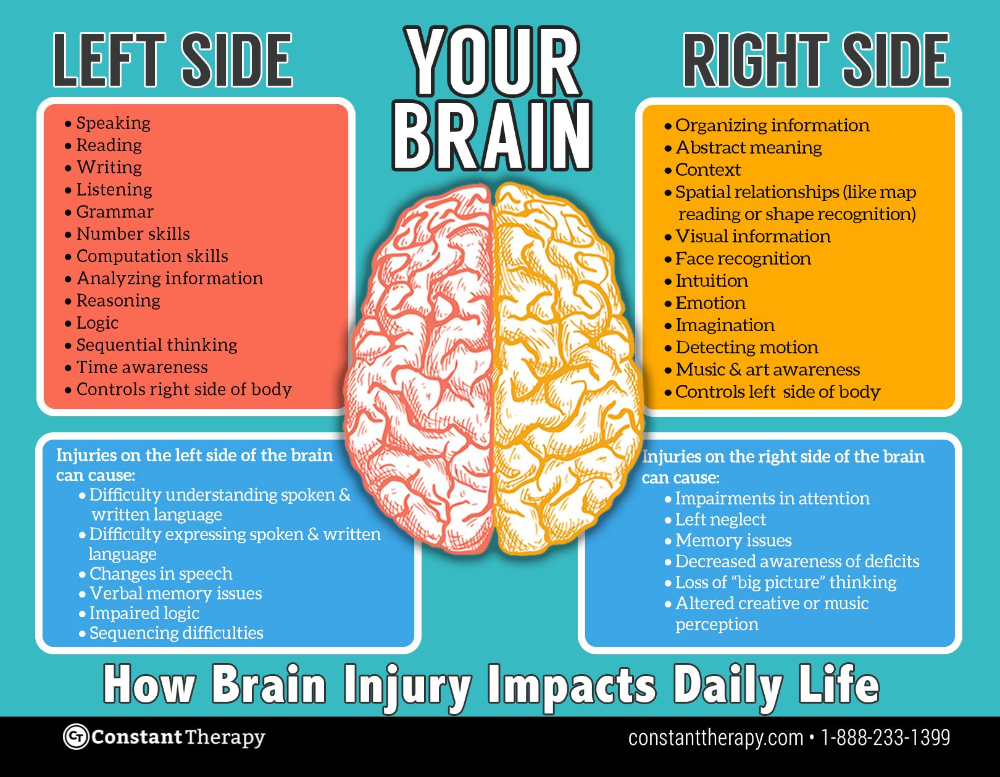
Now I want to explain to you how our brain works (simplified). In the future, this will help you understand how we think and how this affects our behavior .
How the brain works
If you look at the brain in section, you can see three different sections (see figure).
1. Rational brain. It is sometimes called the neocortex.
2. Emotional brain . Part of the limbic system, also known as the midbrain.
3. Primitive Brain . Also known as the "reptilian brain". It controls the fight-or-flight mechanism, as well as hunger and sex drive.
We behave irrationally when we are tired, hungry, afraid or anxious. In obedience to impulsive desire, we can release energy physically or verbally, as well as run away from the problem in a panic. This is how the fight-or-flight mechanism works. We react to the situation without having time to think about our behavior.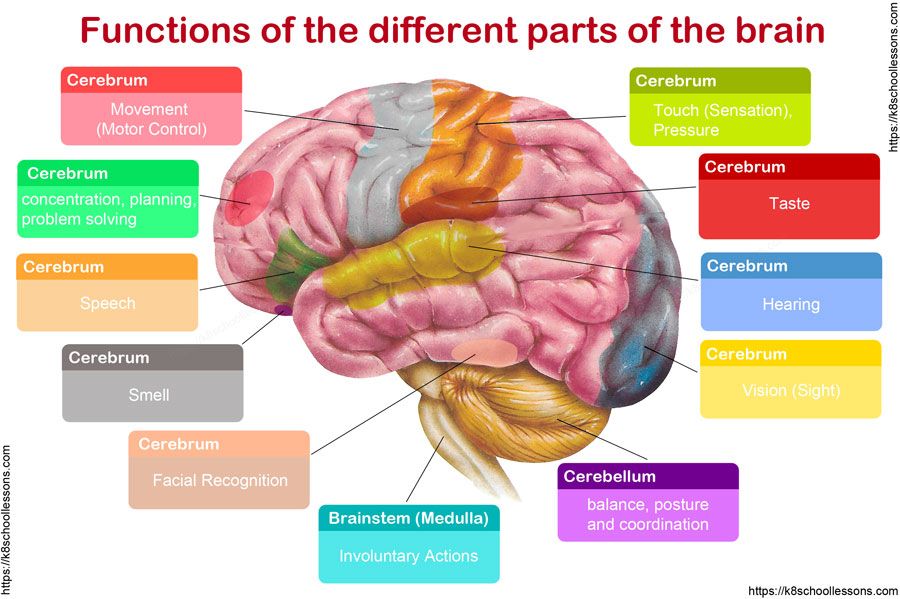 (This may explain the ugly scenes I make at home when I can't find a toothbrush.)
(This may explain the ugly scenes I make at home when I can't find a toothbrush.)
Advantages of the Primitive and Emotional Brain
Acting under the influence of emotional or primitive thinking is not always a bad thing. Such is our human nature. If everyone behaved absolutely rationally, our world would be deprived of passion, excitement and diversity.
We value victories only because we have experienced defeats.
Rational behavior is sometimes dangerous. Imagine that you are sitting in a conference room and a cannibal lion walks in.
It is unlikely that a reasonable question will save you: “How did he get here and where is his guest badge?” When it comes to life and death, the primitive brain is always more important. There is no time to reason - you must act as your instincts suggest.
The emotional brain helps us appreciate art, get excited about ideas, and be creative. People do things not for rational reasons, but because they are driven by feelings.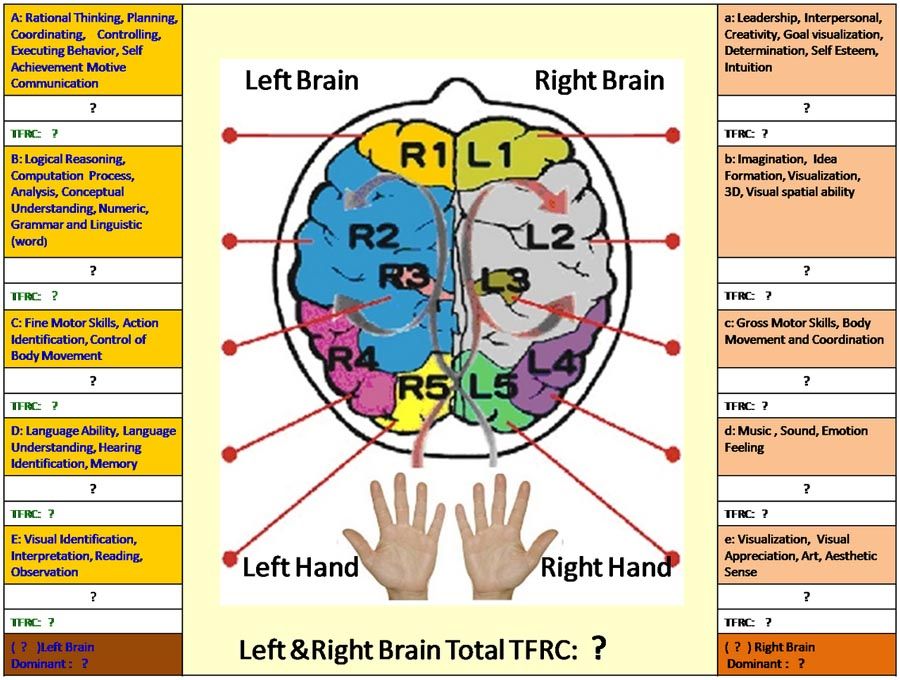
Benefits of a Rational Brain
Let's face it. Problems sometimes arise in our lives just because we can't start thinking constructively. Logical reasoning helps to change the way you look at things and find new solutions. This is how we use the elements of the neocortex that are responsible for solving problems. This can prevent overreaction and keep us from saying or doing things we later regret. A rational brain will cure wrong thinking: this process I call the development of fruitful thinking.
How can we make the rational brain work?
You can turn on rational thinking by asking yourself questions. The nature of the questions determines the quality of your answers. To better understand this, let's take a look at how our amazing brain works.
Influence of the reticular activating system
The RAS ( Reticular Activating System ) is the part of the brain that is responsible for filtering information.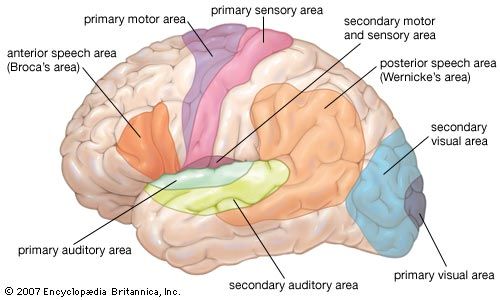 The world around us is full of necessary and useless data for us. If we consciously perceived all this, we would be overloaded with unnecessary information. The RAS works like a filter and helps us to "notice" the necessary, useful, relevant and important information.
The world around us is full of necessary and useless data for us. If we consciously perceived all this, we would be overloaded with unnecessary information. The RAS works like a filter and helps us to "notice" the necessary, useful, relevant and important information.
I spend a lot of time driving. But ask me which car is the most common on the roads, and I can't answer. However, when I was thinking about changing cars, I suddenly started noticing this model everywhere. A similar thing happened when my wife became pregnant: we immediately began to notice how many other women were expecting a baby (although in my experience one cannot be completely sure of this, and I certainly did not ask them about the timing).
When thinking wrong, the brain searches for information to confirm your guesses. If you are sure that you always fail, the RAS notices every misstep to strengthen your faith. Interestingly, she is just as good at ignoring facts in which we are not interested.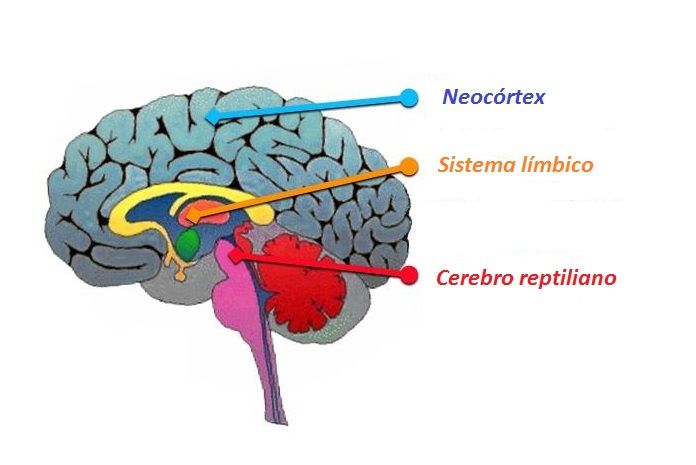
For example, if you ask me to count all the BMWs on the road, I will stop noticing other car models.
Similarly, I don't notice my successes when I'm focused on my failures. Questions like “Why am I such a loser?” or “Why do these things always happen to me?” provoke the RAS to look for information confirming your worthlessness.
But as soon as the question is reformulated, the focus shifts immediately. Your RAS is beginning to notice things that it simply didn't see before.
See Library: S.U.M.O. Shut up and do .
- Previous article Hormones of happiness. Can we manage them?
- Next article Stress affects wide areas of the cerebral cortex
The neocortex is the rational brain. Unconscious branding. Using the latest achievements of neuroscience in marketing
Neocortex - rational brain
The newest outer part of the brain is the neocortex, or the rational brain.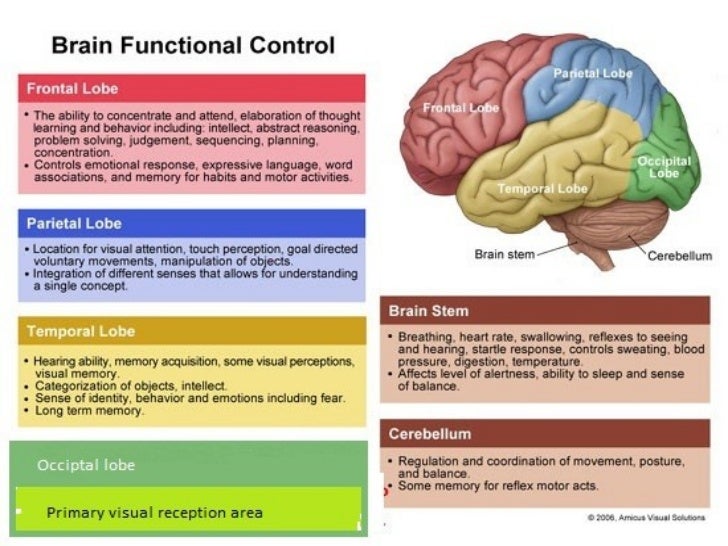 It is the pinnacle of brain evolution and also the seat of free will and conscious awareness. It is responsible for our higher cognitive functions (speaking, writing, problem solving) and governs analytical and mathematical thinking. The neocortex, also called the neocortex, or simply the neocortex for short, is made up of numerous folds and grooves, divided into right and left hemispheres. The right hemisphere is responsible for spatial imagination, creativity and abstract thinking, while the left hemisphere thinks more linearly, rationally, using words. The emotional brain determines the significance, and the neocortex gives rational meaning to the feelings and emotions generated by the deeper, subconscious regions of the brain, trying to explain the causes and consequences of our feelings[118].
It is the pinnacle of brain evolution and also the seat of free will and conscious awareness. It is responsible for our higher cognitive functions (speaking, writing, problem solving) and governs analytical and mathematical thinking. The neocortex, also called the neocortex, or simply the neocortex for short, is made up of numerous folds and grooves, divided into right and left hemispheres. The right hemisphere is responsible for spatial imagination, creativity and abstract thinking, while the left hemisphere thinks more linearly, rationally, using words. The emotional brain determines the significance, and the neocortex gives rational meaning to the feelings and emotions generated by the deeper, subconscious regions of the brain, trying to explain the causes and consequences of our feelings[118].
McLean called the cerebral cortex "the mother of creativity and the father of abstract thinking"[119]. This part of the brain includes the prefrontal cortex, the most developed and complex part of the brain, which determines the difference between a person and other living beings.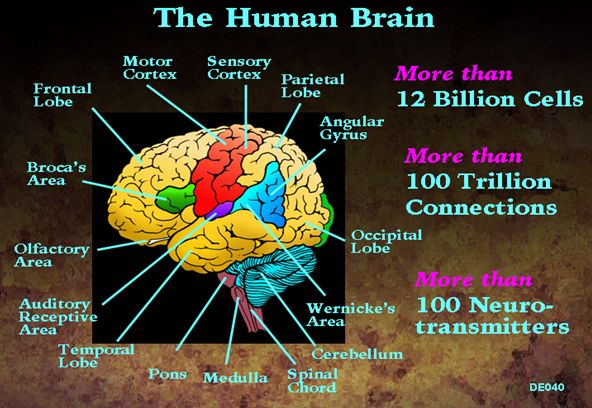 The prefrontal cortex enables us to plan behavior or create new possibilities by functioning as a mental stimulator of different realities, so that we can imagine and anticipate the consequences of our actions. The prefrontal cortex allows us to understand, without testing, that a device heavier than air can fly, and liver-flavored ice cream is a bad idea.
The prefrontal cortex enables us to plan behavior or create new possibilities by functioning as a mental stimulator of different realities, so that we can imagine and anticipate the consequences of our actions. The prefrontal cortex allows us to understand, without testing, that a device heavier than air can fly, and liver-flavored ice cream is a bad idea.
The prefrontal cortex is also responsible for logic and comparative analysis, as illustrated by the dialogue in our heads. As we walk past the shelves in a store, an inner voice says, “Should I take this or that?” The ability to anticipate positive and negative outcomes enables conscious action and intelligent choice, and guides moral choices, such as when we suppress inappropriate physical needs. The prefrontal cortex also allows us to think first and act later, such as when the rational brakes kick in, preventing us from buying a BMW convertible, a $2,500 Gucci handbag, or eating another Godiva.
In addition, this part of the brain forms a sense of one's own "I", personality, a conscious idea of oneself.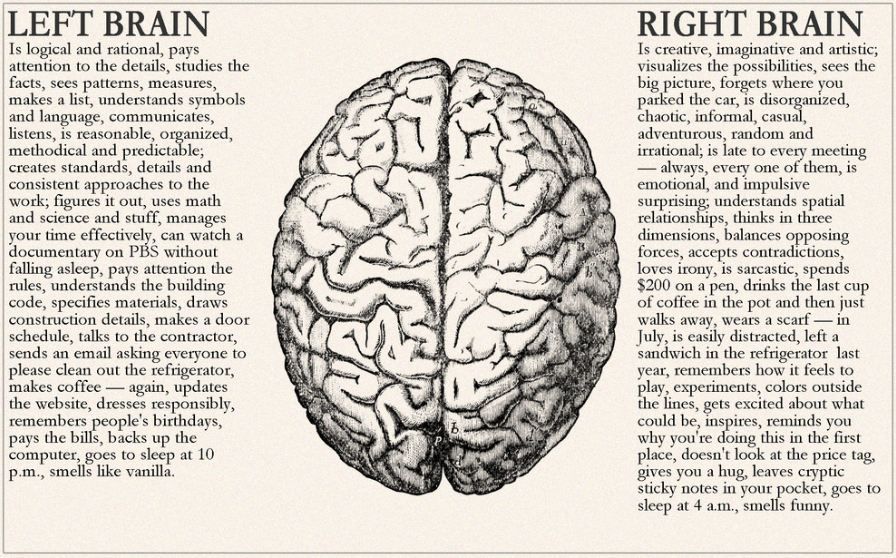 It allows you to know that the reflection in the mirror is really you, and, as a repository of personality, determines our place in the social hierarchy and how we present ourselves to the world around[120].
It allows you to know that the reflection in the mirror is really you, and, as a repository of personality, determines our place in the social hierarchy and how we present ourselves to the world around[120].
In the process of evolution, the rational brain appeared last, it plays the main role in higher order thinking. He comprehends and arranges the world, rationally interprets objects, gives a conscious, subjective meaning to feelings and unconscious reactions. Nevertheless, this pinnacle of brain evolution has a minimal impact on our behavior and is far from always attracted and necessary for action.
When you solve a crossword puzzle, compare information on product labels, learn a foreign language with the Rosetta Stone program, or decide to go to Las Vegas for a week, you are actively using your neocortex, or rational brain[121]. We often use the rational brain in marketing when we communicate facts and figures to our audience, for example, to compare brands. Although these logical facts are not in themselves the primary causes of motivation, they play an important role in giving permission to be guided in their actions by emotions or physical needs.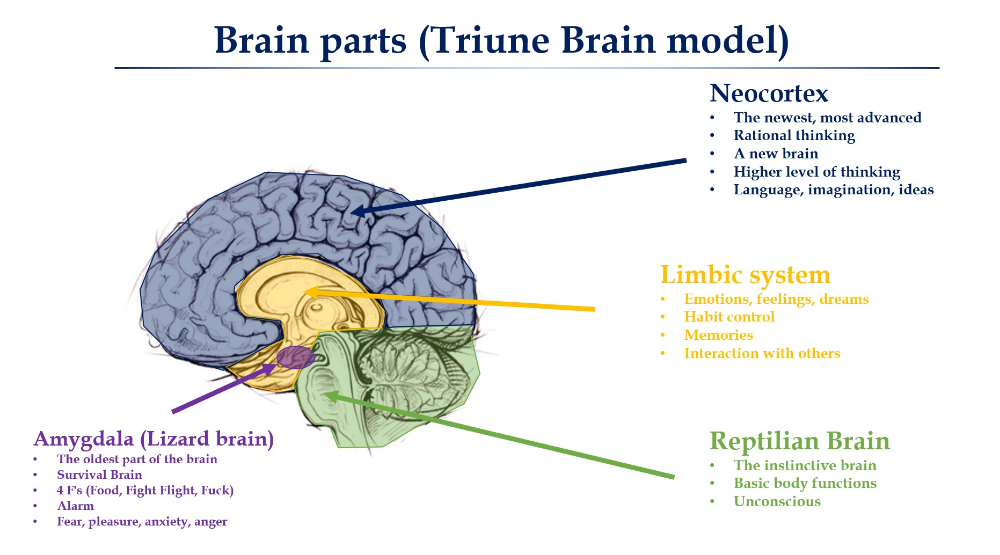 Thus, in advertising and marketing, rational information plays a secondary, but nevertheless important role. However, in some cases, a rational approach, such as a persistent emphasis on economy, can work wonders for new brands that do not have a high emotional charge of competitors, who occupy a strong position in the market. A few years ago, when I was doing strategic planning for the telecommunications company MCI (now Verizon) at the New York branch of Euro RSCG, the first thing I noticed was how smart, rational tools (such as Five cents on Sundays" or "Friends and Family" discount offers for frequent callers) effectively challenged AT&T's monopoly, undermining its position. AT&T lived comfortably, positioning itself as a leading, well-known brand that helps to maintain social connections, but MCI made a bet on economy.
Thus, in advertising and marketing, rational information plays a secondary, but nevertheless important role. However, in some cases, a rational approach, such as a persistent emphasis on economy, can work wonders for new brands that do not have a high emotional charge of competitors, who occupy a strong position in the market. A few years ago, when I was doing strategic planning for the telecommunications company MCI (now Verizon) at the New York branch of Euro RSCG, the first thing I noticed was how smart, rational tools (such as Five cents on Sundays" or "Friends and Family" discount offers for frequent callers) effectively challenged AT&T's monopoly, undermining its position. AT&T lived comfortably, positioning itself as a leading, well-known brand that helps to maintain social connections, but MCI made a bet on economy.
This text is an introductory fragment.
We have more than one brain
We don't have the same brain We are accustomed to think of the human brain as a homogeneous gray matter, but in fact it consists of many independent areas responsible for various activities, ranging from complex ones such as speech or memory to
REASONABLE APPROACH
RATIONAL APPROACH Rational thinking is the best way to get rid of negative emotions that have arisen due to a mistake.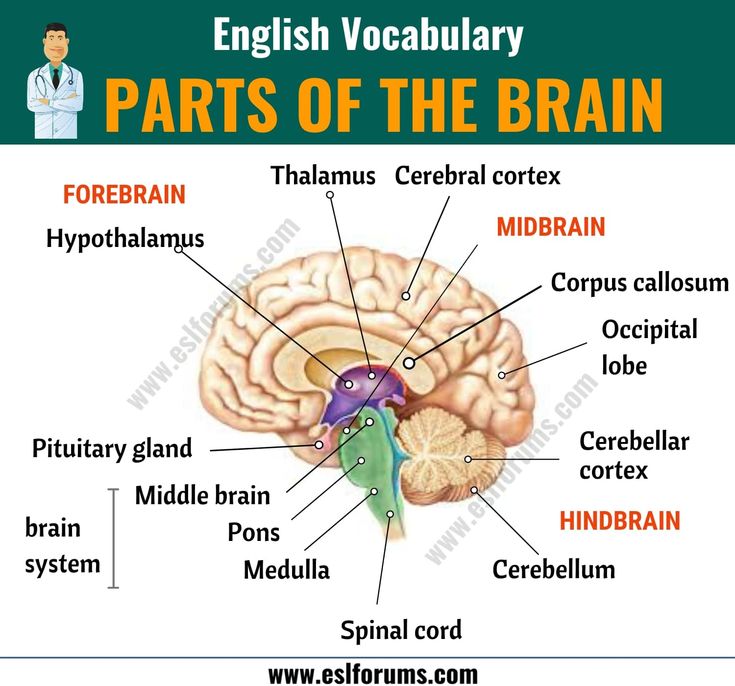 If a person is predisposed to self-criticism, it can be difficult for him to distract himself from his sad thoughts. But you can try. First of all try
If a person is predisposed to self-criticism, it can be difficult for him to distract himself from his sad thoughts. But you can try. First of all try
The Internet is reprogramming our brains!
The Internet is reprogramming our brains! There is a huge amount of information on the Web of varying degrees of usefulness and convenience. This forces Internet users to be overly selective. It is getting harder and harder to get people's attention, and they themselves are getting more and more
Idea No. 32 The rational man is dead. Long live animal nature!
Idea No. 32 The rational man is dead. Long live animal nature! * * * The existence of instincts breaks classical economic theory into
Rational choice
Rational Choice Gradually, we are approaching a number of issues that relate to rational choice.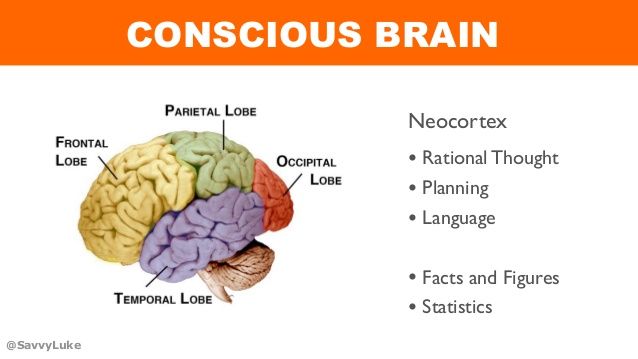 With their help, the ward prepares for real actions either at his current job or outside it, but in any case he makes a decision himself, and not under the influence of
With their help, the ward prepares for real actions either at his current job or outside it, but in any case he makes a decision himself, and not under the influence of
Free the brain
Free the brain An easy but effective way to simplify your life and make it more structured is to write down all your tasks on paper. The more we keep in our heads what we need to do, the worse our brain functions. When you write out all your tasks for
Your brain is constantly working
Your brain is constantly working Surely you think that the incubation period can be "slip". Tried. It is forbidden. Even when deadlines are burning and depriving me of this luxury - time to incubate - even then I still incubate, only at a much faster speed. True,
TURN ON YOUR BIOCOMPUTER BRAIN
TURN ON YOUR BIOCOMPUTER BRAIN We mentioned earlier that your brain stores information much like a computer does.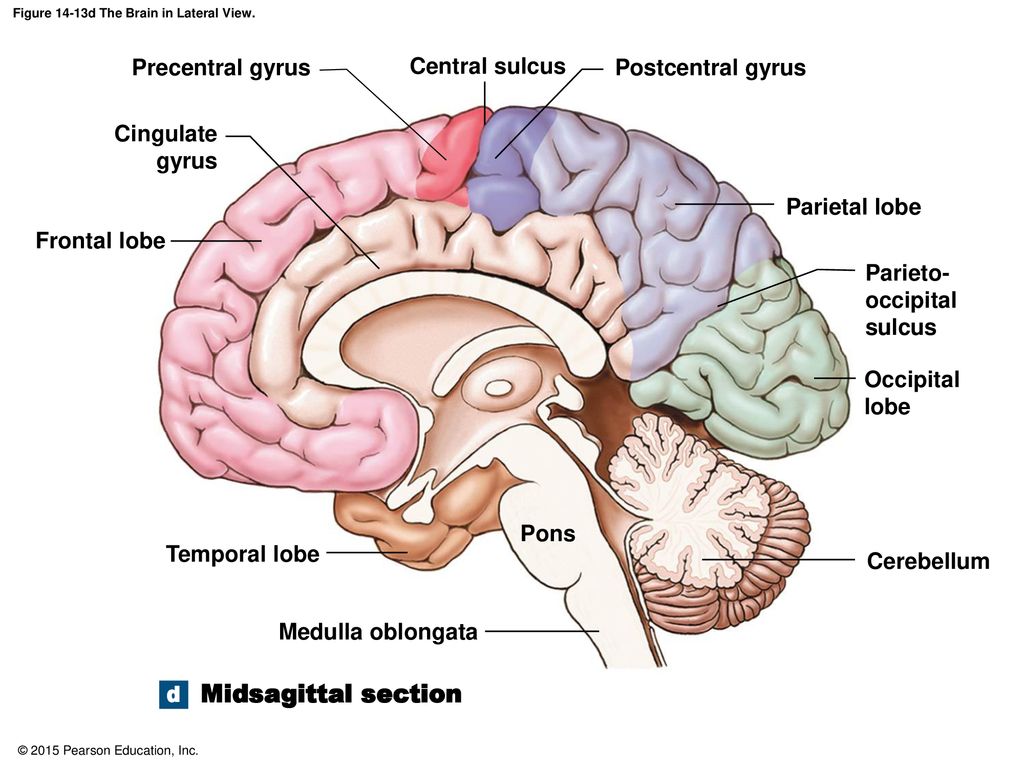 And you can extract (remember) this information and use it in making decisions and solving problems. Of course, the quality of decisions is
And you can extract (remember) this information and use it in making decisions and solving problems. Of course, the quality of decisions is
Reptile brain, or physical
The brain of a reptile, or physical The physical brain, which was formed first, is located in the very depths, at the base of the skull, from where the spinal cord departs. This part of the brain is the oldest and smallest remnant of the prehistoric past, it is similar to the brain of a reptile that appeared
Limbic system - emotional brain
The limbic system is the emotional brain The next layer of neurons that emerged as a result of evolution, McLean called the limbic system, or emotional brain; it is also called the ancient mammalian brain. The emotional brain makes connections between people,
Not only the brain thinks, but also the body
Thinks not only the brain, but also the body William James, the father of American psychology, first drew attention to the physical nature of emotions as early as the 1880s.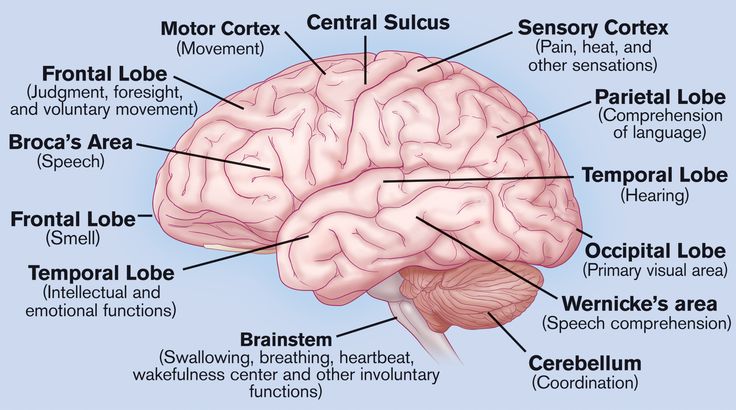 James gave a prophetic view on the sequential algorithm of emotional and rational information processing,
James gave a prophetic view on the sequential algorithm of emotional and rational information processing,
lazy brain
lazy brain One of the classic brands I planned strategy for was Trident chewing gum. This brand carved a niche in the oral health market based on a study conducted among practicing dentists: "Four
Not rational, but rationalizing
Not rational, but rationalizing Behavioral economist Dan Ariely, in his book Predictably Irrational, convincingly popularized the idea that usually invisible and irrational forces guide decision making and behavior.
How to turn on the brain
How to turn on the brain When you have completed more than ten weeks of practice, including several with dynamic meditation, you will reach a state where you use more and more techniques in your management work, such as those listed in the first three chapters.